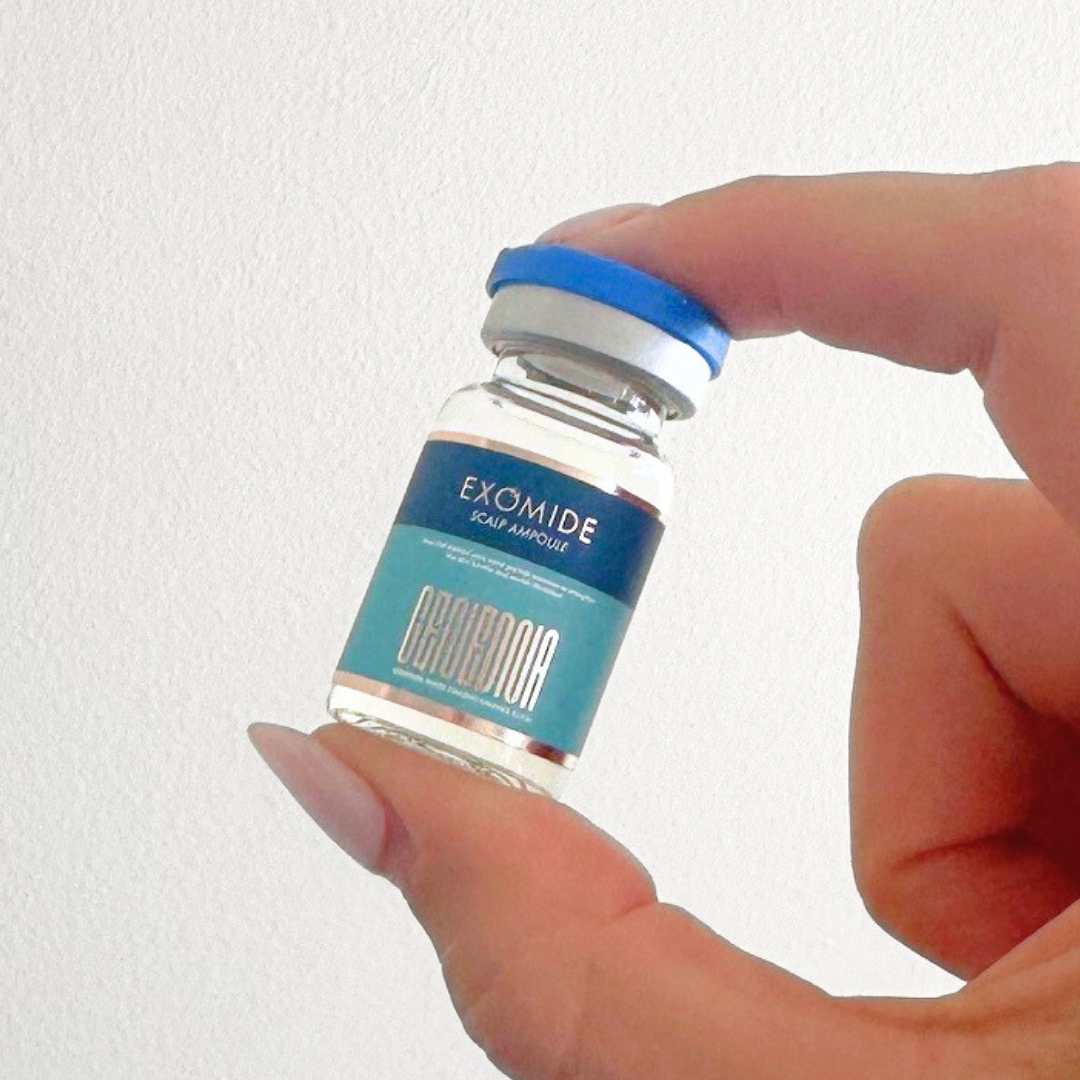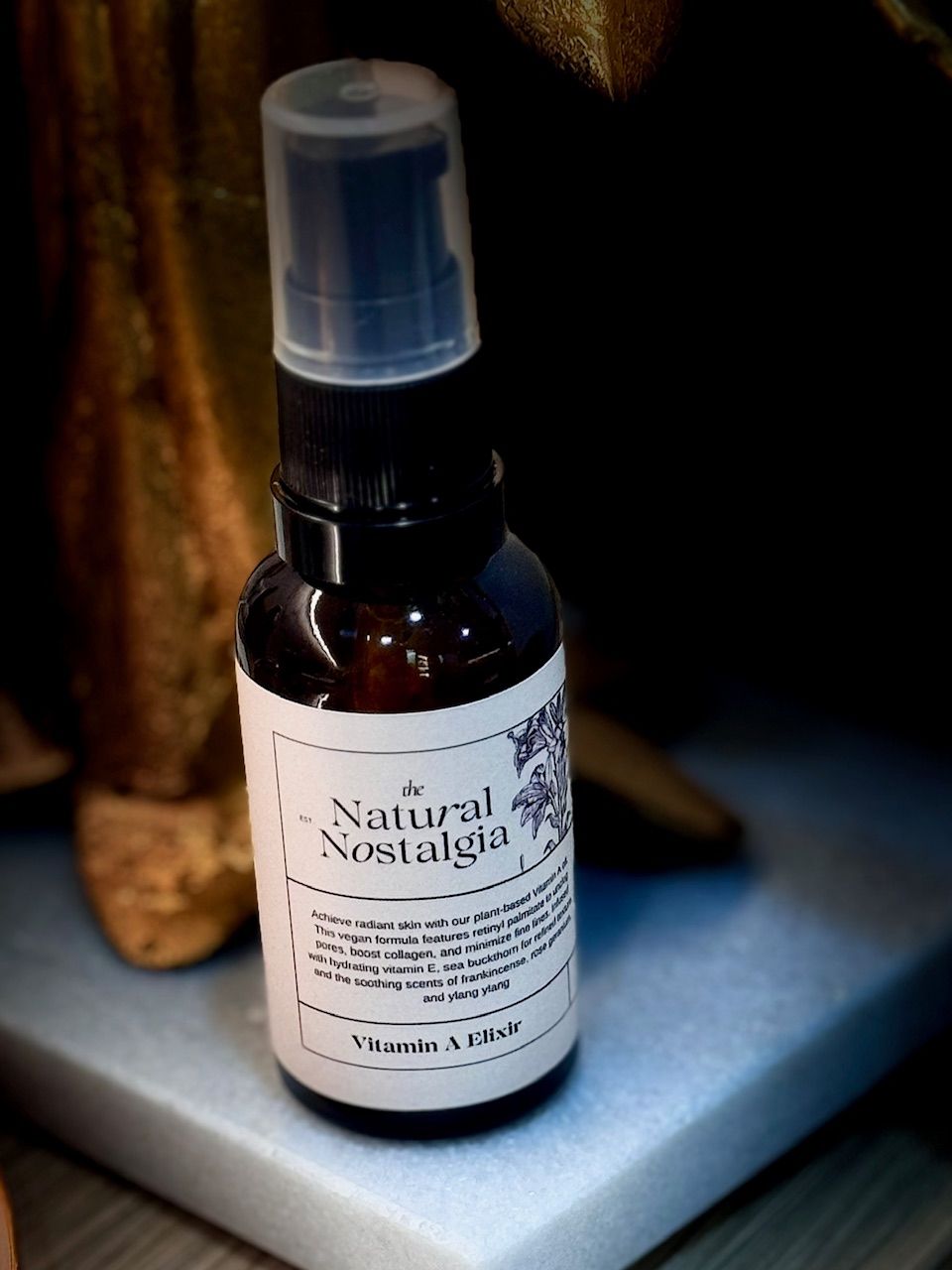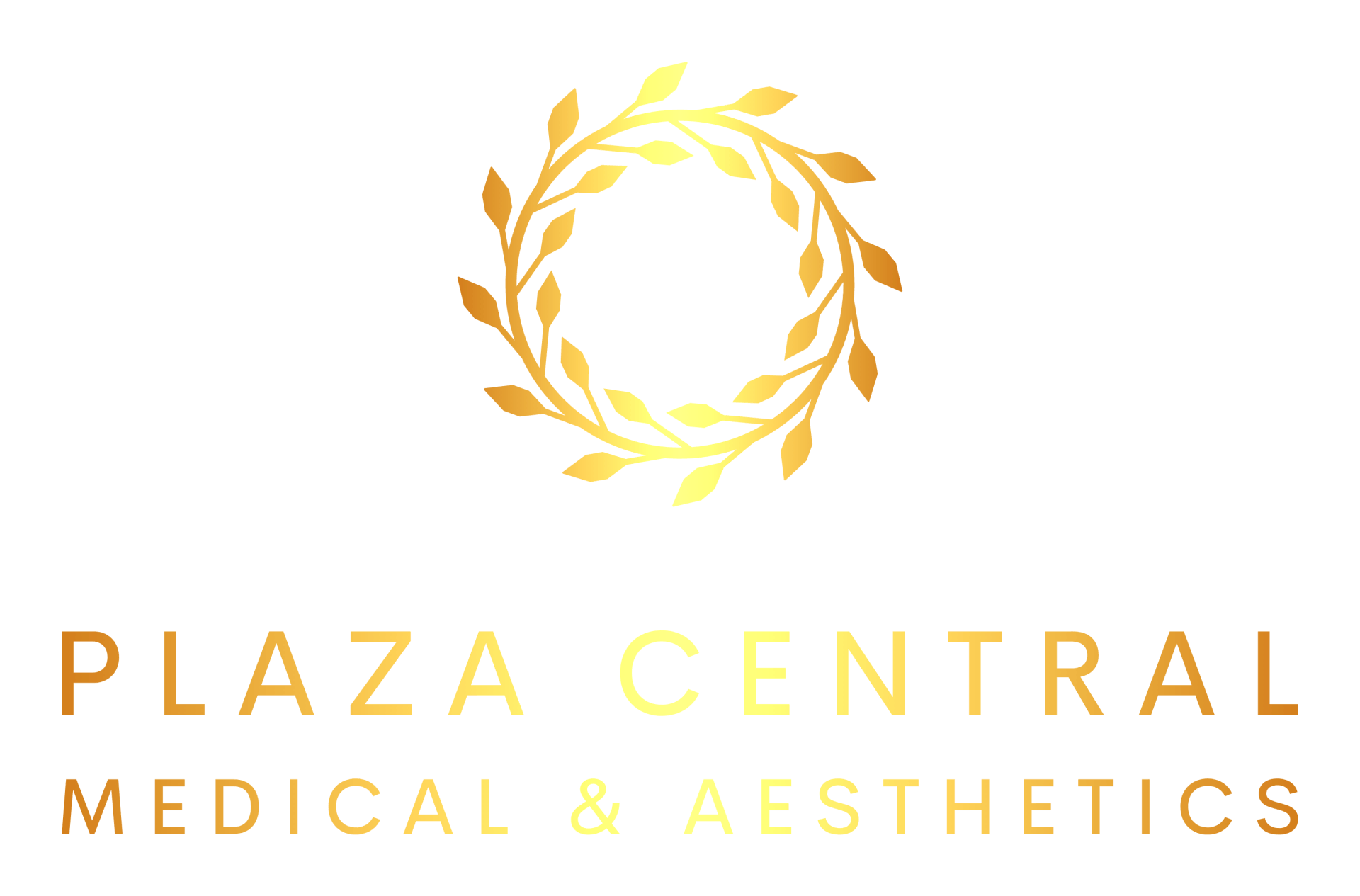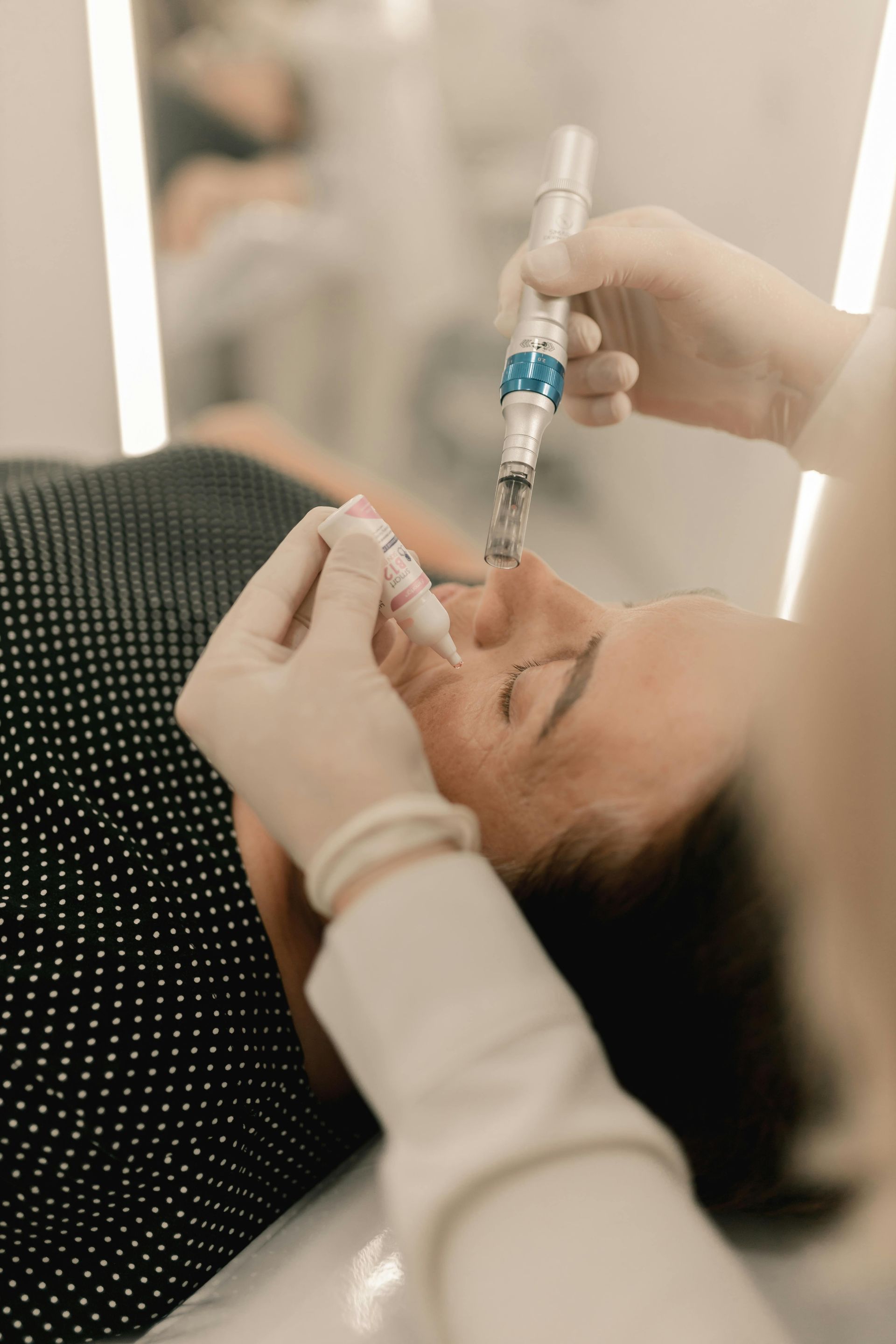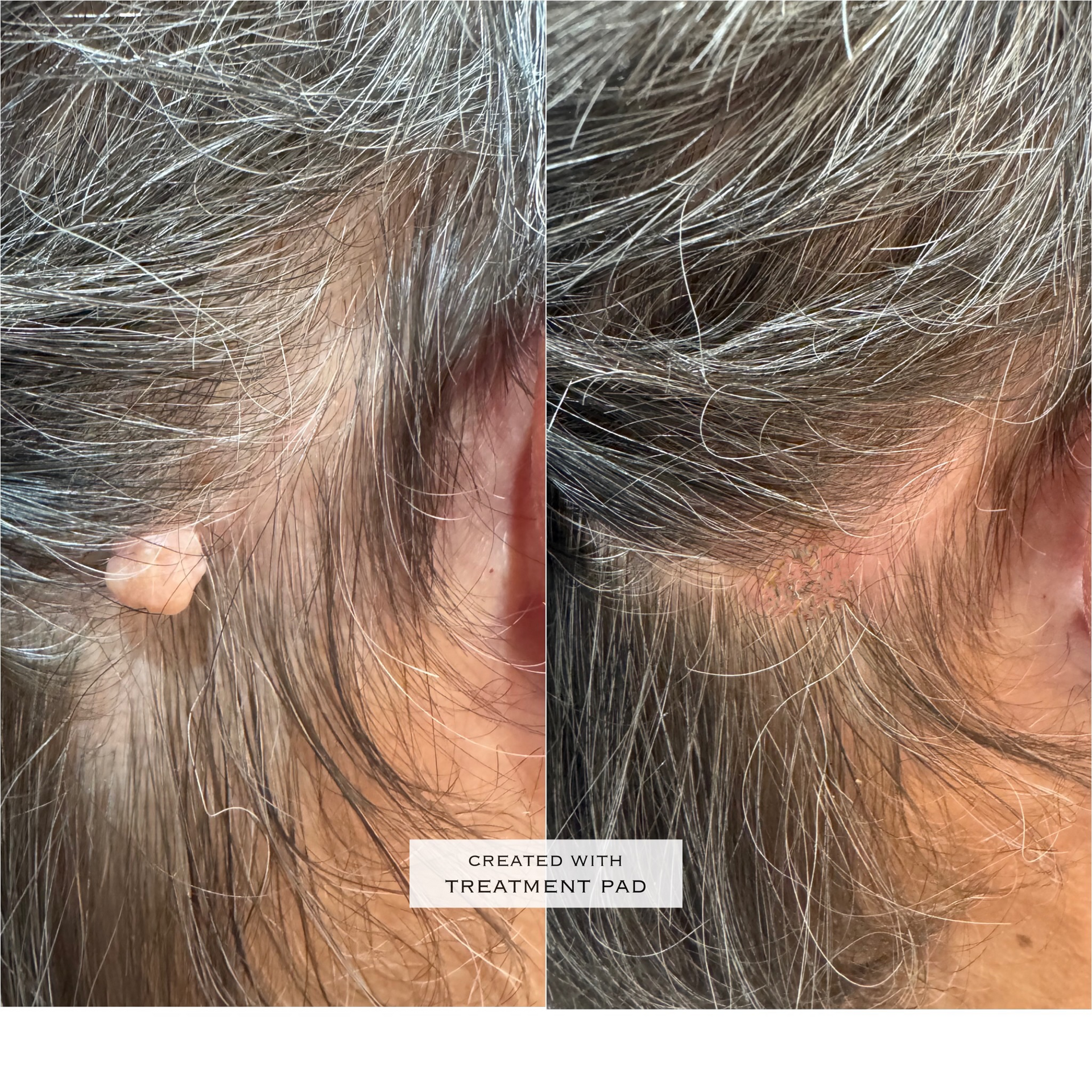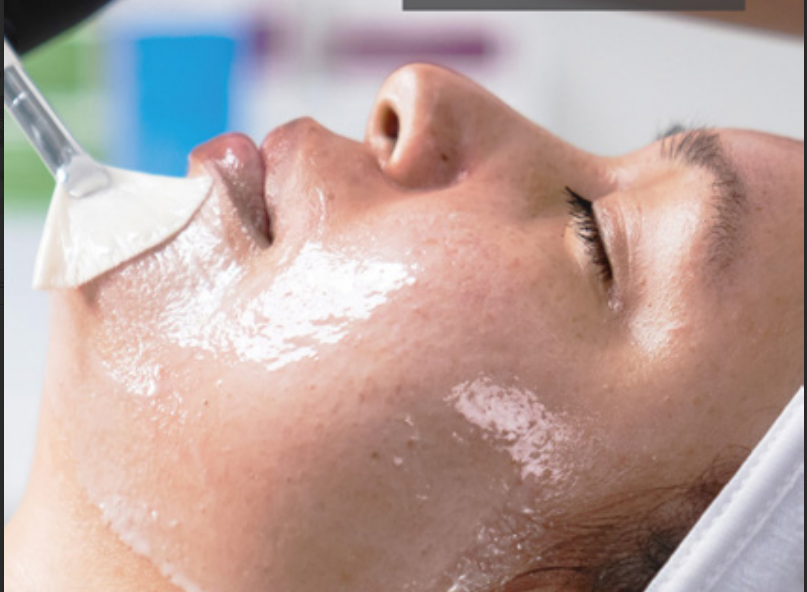Understanding Wrinkle Reduction and Volume Loss Treatments: What You Need to Know
By Radhika Narayan-Nath

Understanding Wrinkle Reduction and Volume Loss Treatments: What You Need to Know
As we age, our skin naturally changes. Fine lines, wrinkles, and loss of facial volume are common concerns that many people experience over time. These changes are influenced by a variety of factors including genetics, sun exposure, lifestyle habits, and the natural decrease in collagen and elastin in the skin.
For those exploring ways to refresh their appearance, wrinkle reduction and volume restoration treatments are popular non-surgical options. Here's a balanced overview of what these treatments involve, their potential benefits, and what to consider before deciding if they're right for you.
What Are Wrinkle Reduction and Volume Loss Treatments?
These treatments are designed to soften the appearance of fine lines and wrinkles and to restore volume to areas of the face that may appear hollow or sagging over time. They are typically administered by trained healthcare professionals in a clinical setting.
There are two main categories of cosmetic treatments used for these concerns:
- Wrinkle-reducing treatments: These aim to smooth dynamic wrinkles—those caused by repeated facial movements, like frowning or smiling.
- Volume-enhancing treatments: These work by replenishing lost volume in areas such as the cheeks, under-eyes, lips, or jawline.
While the methods used can vary, all treatments should begin with a comprehensive consultation with a qualified practitioner who can assess your individual needs and goals.
Potential Benefits
- Non-surgical option: These treatments generally involve little to no downtime compared to surgical procedures.
- Quick appointments: Most sessions are completed in under an hour.
- Natural-looking results: When performed by experienced clinicians, results can appear subtle and enhance your natural features.
- Temporary effects: For those unsure about committing to permanent changes, the temporary nature of these treatments can be appealing.
Things to Consider
- Temporary results: Depending on the treatment, results can last anywhere from several months to over a year. Maintenance is usually required.
- Potential side effects: As with any medical procedure, there can be side effects such as bruising, swelling, redness, or discomfort at the injection site. More serious risks, although uncommon, can occur.
- Results may vary: Each individual responds differently to treatment. Factors like skin type, age, and lifestyle can influence outcomes.
- Not suitable for everyone: Certain health conditions, medications, or allergies may make some treatments inappropriate. Always disclose your full medical history to your provider.
- Cost: These treatments are not covered by Medicare or private health insurance for cosmetic purposes, and costs can add up over time.
Choosing a Provider
Selecting a qualified healthcare professional is crucial. Look for clinicians who are registered with AHPRA and who have experience in cosmetic procedures. A thorough consultation should involve discussing your concerns, assessing your facial anatomy, explaining risks and benefits, and giving you time to make an informed decision.
Final Thoughts
Wrinkle reduction and volume restoration treatments can be an effective way to enhance your natural appearance and support skin confidence. However, like any medical decision, it’s important to be well-informed, realistic about the results, and to choose a practitioner you trust.
If you're considering a treatment, we recommend booking a consultation with our qualified health professionals who can provide individualised advice and ensure your safety and comfort throughout the process.
References
- Alster, T. S., & Lupton, J. R. (2003). Botulinum toxin type A for the treatment of glabellar lines: results of a phase III, double-blind, placebo-controlled study. Dermatologic Surgery, 29(5), 450–455.
- De Boulle, K., & Heydenrych, I. (2015). Patient factors influencing dermal filler complications: prevention, assessment, and treatment. Clinical, Cosmetic and Investigational Dermatology, 8, 205–214.
- Rzany, B., & DeLorenzi, C. (2015). Understanding, avoiding, and managing dermal filler complications. Plastic and Reconstructive Surgery, 136(5 Suppl), 196S–203S.
- Goodman, G. J., et al. (2016). Safety of aesthetic procedures performed by medical practitioners: patient and practitioner perspectives. Journal of Cosmetic Dermatology, 15(2), 113–120.
- Narins, R. S., et al. (2003). A randomized, double-blind, multicenter comparison of the efficacy and tolerability of two injectable dermal fillers for lip augmentation. Dermatologic Surgery, 29(6), 588–595.
Disclaimer: This blog is for informational purposes only and does not substitute professional medical advice. Always consult with a registered healthcare practitioner before starting any new treatment.
Ready to make a booking?
Use the button below to book in for a consultation.
Read our blogs
